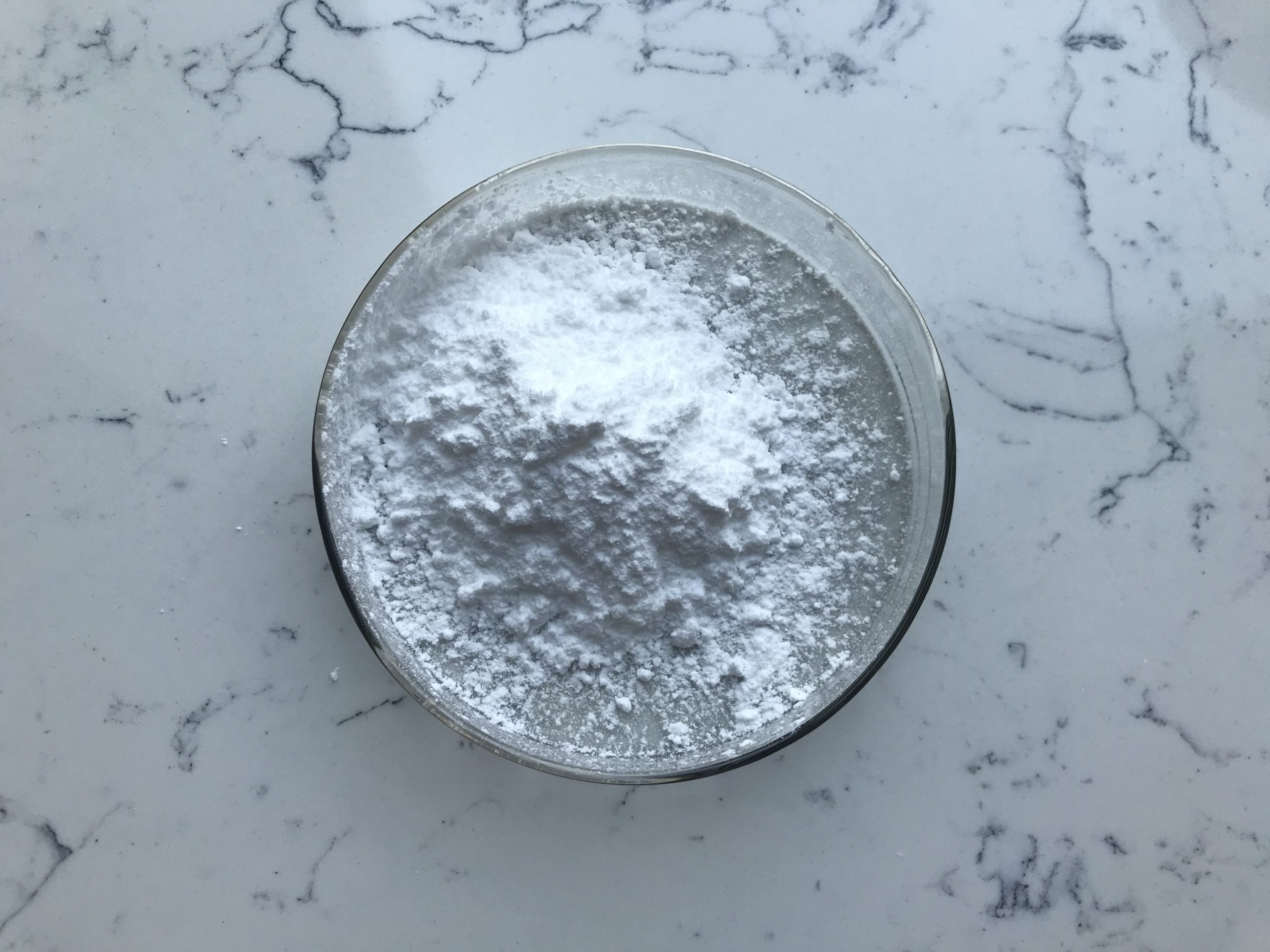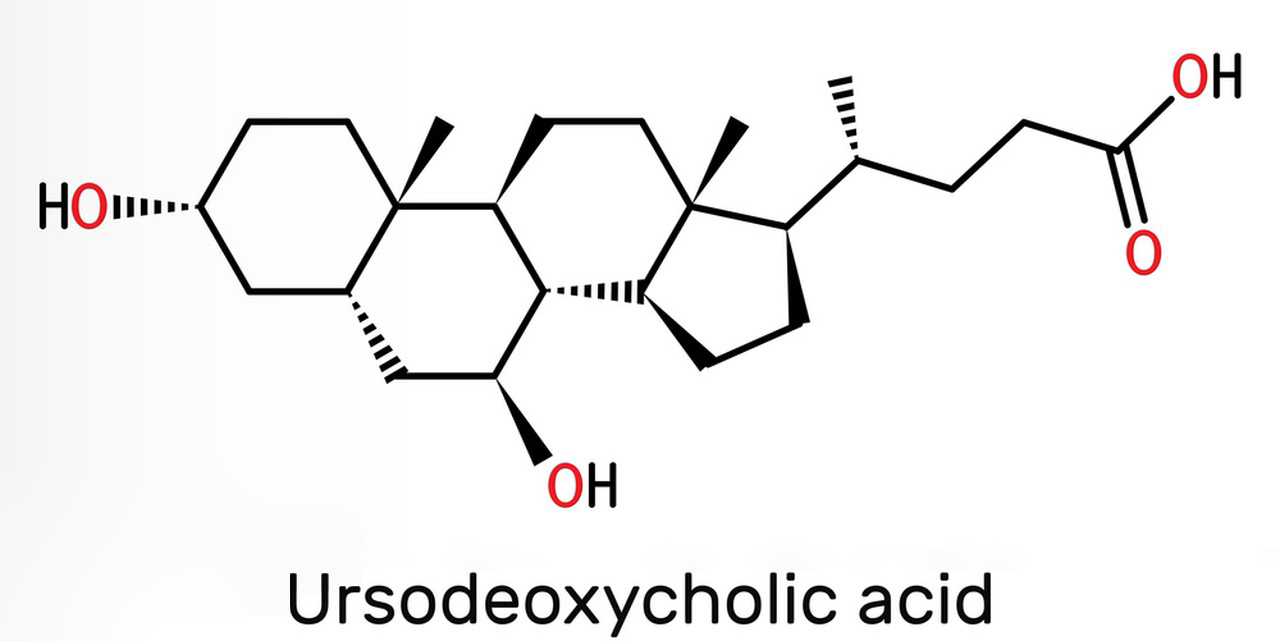UDCA (Ursodeoxycholic acid) and TUDCA (Tauroursodeoxycholic acid) are both bile acids, and they have some similarities in their functions and applications, but they also have some differences, primarily related to their chemical structure and biological effects. Here are the key differences between UDCA and TUDCA:
Chemical Structure:
UDCA: Ursodeoxycholic acid is a bile acid that naturally occurs in small amounts in human bile. It is a secondary bile acid derived from cholic acid, and it contains a hydroxyl (-OH) group at the 7th carbon position.
TUDCA: Tauroursodeoxycholic acid is a derivative of UDCA. It has an additional taurine molecule attached to the 12th carbon position of the UDCA molecule. This taurine conjugation enhances its water solubility.

Source:
UDCA: UDCA can be found in small amounts in human bile, and it can also be synthesized for pharmaceutical use.
TUDCA: TUDCA is not a natural component of human bile but is synthesized for medical and research purposes.
Medical Uses:
UDCA: UDCA is primarily used for the treatment of certain liver diseases, such as primary biliary cholangitis (PBC), and gallstone dissolution. It works by reducing the concentration of toxic hydrophobic bile acids in the liver and improving bile flow.
TUDCA: TUDCA is used for various medical purposes, including as a treatment for liver diseases, cholestasis (impaired bile flow), and as a potential neuroprotective agent in neurological disorders like amyotrophic lateral sclerosis (ALS) and certain forms of liver disease.
Water Solubility:
UDCA: UDCA is less water-soluble compared to TUDCA, which means it may be less effective at dissolving certain types of gallstones and less readily absorbed in the intestines.
TUDCA: TUDCA’s taurine conjugation enhances its water solubility, making it more effective in solubilizing cholesterol and certain types of gallstones.

Neuroprotective Effects:
TUDCA: TUDCA has gained attention for its potential neuroprotective effects, particularly in conditions involving endoplasmic reticulum (ER) stress, such as neurodegenerative diseases. It has been studied for its role in reducing cell apoptosis and inflammation in the nervous system.
In summary, UDCA and TUDCA are related bile acids, but TUDCA is a derivative of UDCA with enhanced water solubility and has a broader range of potential medical applications, including liver and neurological conditions. UDCA, on the other hand, is primarily used for the treatment of certain liver diseases and gallstones. The choice between the two depends on the specific medical condition being treated and the desired therapeutic effects.
